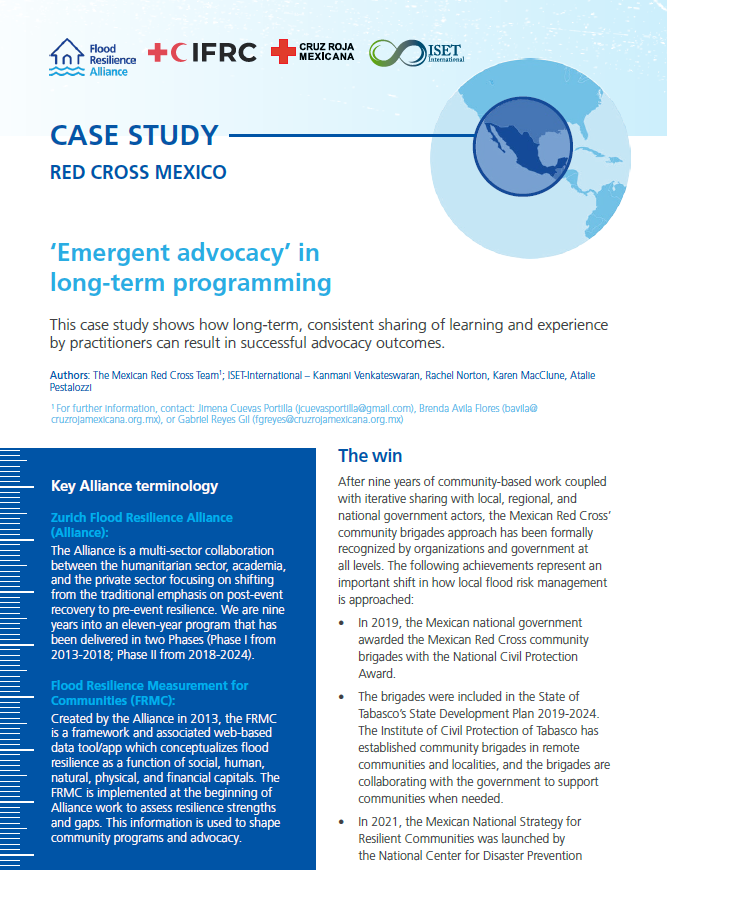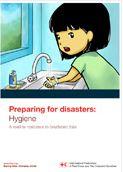Disaster Early Warning Systems in Nepal: Institutional and Operational Frameworks
Early warning systems (EWS) are recognized in both the Hyogo Framework for Disaster Reduction (2005-2015) and the Sendai Framework for Disaster Risk Reduction (2015-2030) as an important element of disaster risk reduction and hence to the achievement of sustainable development and sustainable livelihoods. An effective EWS enables the concerned authorities and at-risk communities to know about the hazards of the locality, community vulnerability and impending risk, warning messages, and building and mobilizing their response capability to reduce risks. The Government of Nepal has reported significant achievements in the development and implementation of EWS for floods, landslides, and Glacial Lake Outburst Floods (GLOF). However, this study shows that Early Warning systems have covered only a few hazards and location so far, and has not been able to cover all the four components of the effective community based early warning system. The absence of policy and legal frameworks has weakened the efforts of the establishment and strengthening of effective and functional early warning systems in the country. The response capacity building of communities is scattered and project-based. This paper outlines the status of EWS in Nepal, key gaps and challenges, and proposes a framework for a peoplecentred early warning system in the country.


